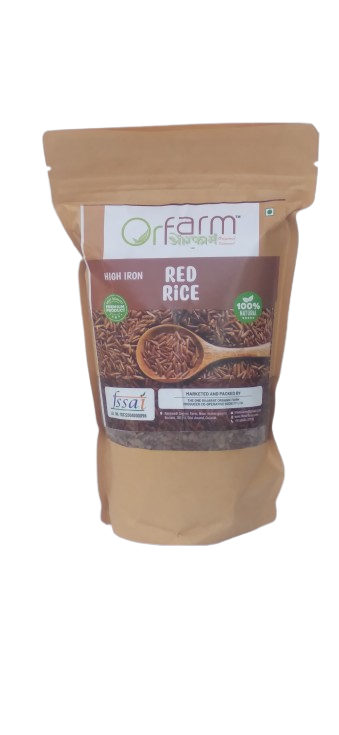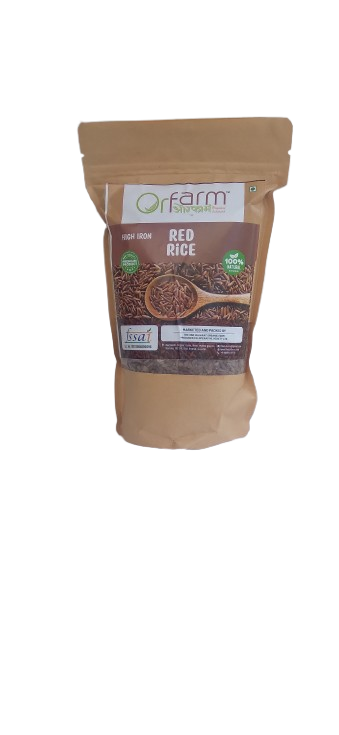Description
Advantages and Uses of Organic Red Rice
Organic red rice is a nutrient-dense whole grain that offers numerous health benefits, making it an excellent addition to a balanced diet. Its rich reddish hue comes from anthocyanins, powerful antioxidants that help combat free radicals, reduce inflammation, and support overall health. Unlike polished white rice, red rice retains its bran layer, which is packed with essential nutrients such as fiber, vitamins, and minerals like magnesium, iron, and zinc.
One of its key advantages is its ability to regulate blood sugar levels due to its low glycemic index, making it an ideal option for individuals with diabetes or those aiming to manage their weight. The high fiber content promotes digestion, prevents constipation, and enhances satiety, which aids in weight management. Additionally, the magnesium in red rice contributes to heart health, while iron supports better oxygen circulation.
In terms of uses, organic red rice is incredibly versatile. It can be cooked as a base for curries, stir-fries, or salads, replacing traditional white rice. Its nutty flavor and chewy texture make it a delightful addition to soups, grain bowls, and stuffed vegetables. Red rice flour is also used in gluten-free baking. Incorporating organic red rice into meals offers both flavor and exceptional health benefits.











